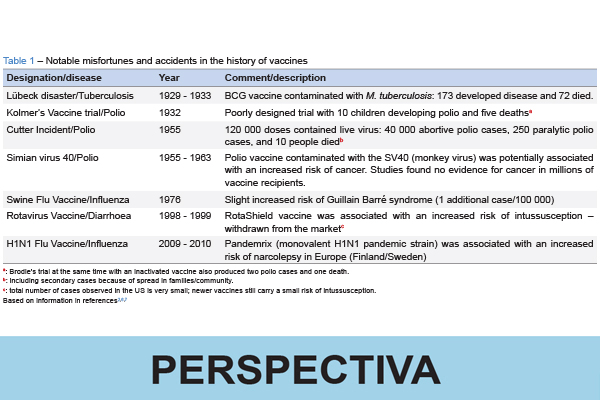SOCIAL MEDIA
Portuguese Medical Association's Scientific Journal

Before the advent of safe vaccines, smallpox was a dreadful condition that occurred in epidemic waves with case fatality rates around 30% (variola major).1,2 In the 10th century, Chinese and Indian physicians rubbed the fluid from smallpox pustules into a scratch on the arm of healthy individuals. This process was called variolation: the inoculation with low doses of smallpox aimed to induce a mild infection that would lead to immunity against the disease. However, variolation could cause disease and even death (1% - 2%) and was also related to outbreaks.2 In the 18th century, this practice spread throughout Europe, although many physicians considered it ineffective and were afraid to adopt it. The first movements of vaccine hesitancy appeared due to fear of the side effects of variolation (including possible death). More organized antivaccine sentiments were often based on religious antagonism, considering it a violation of divine providence.1,3